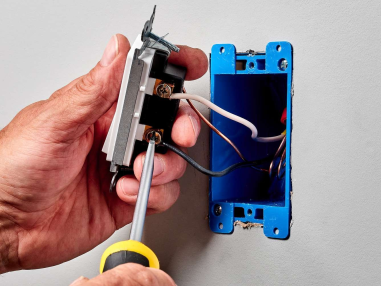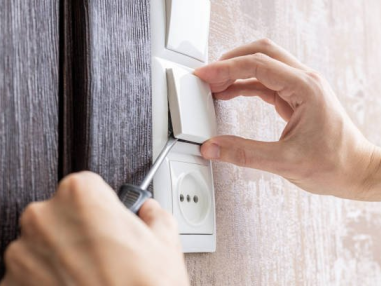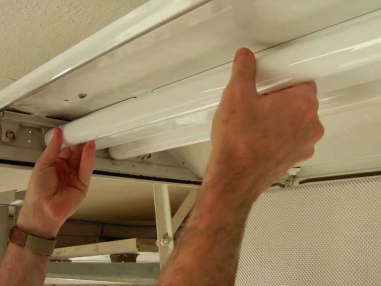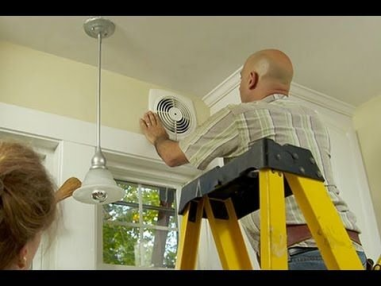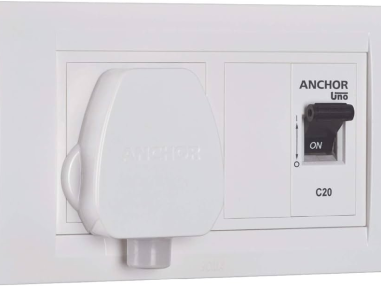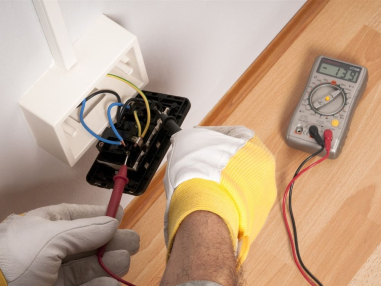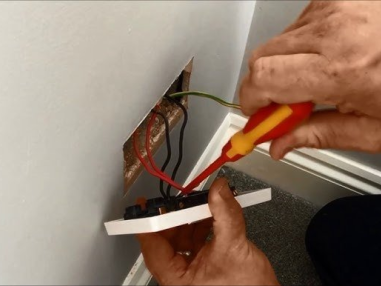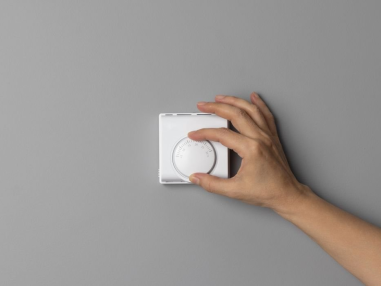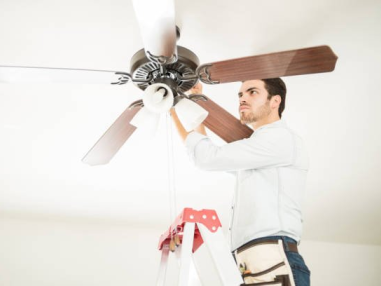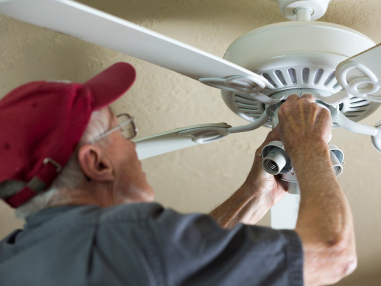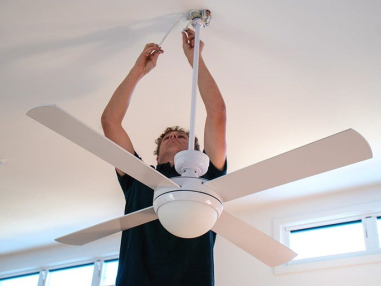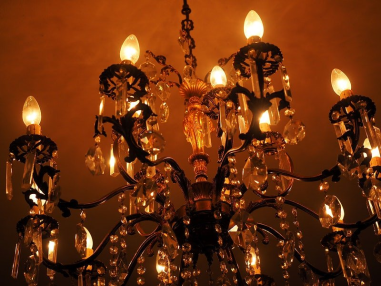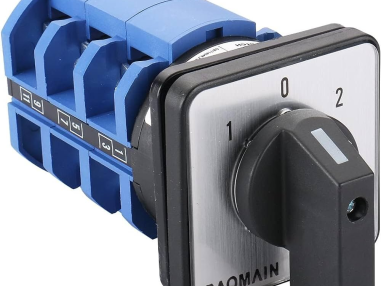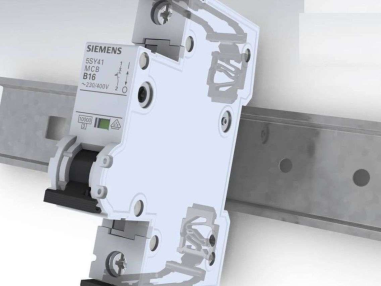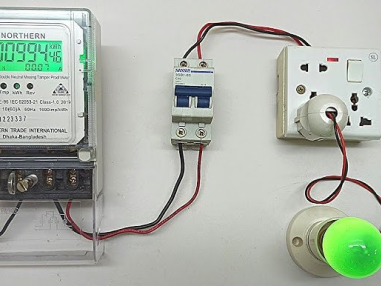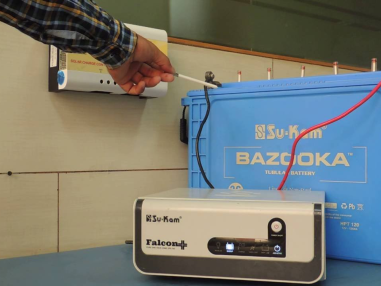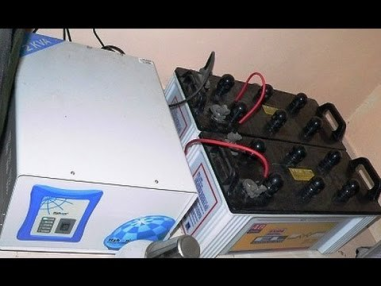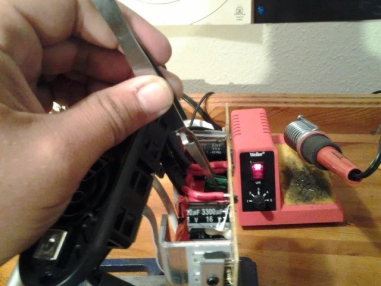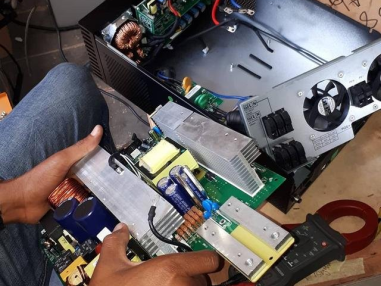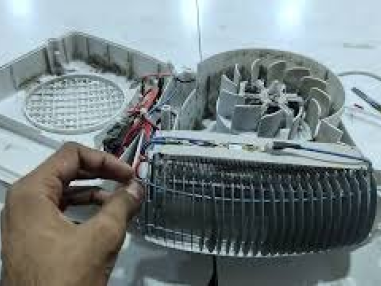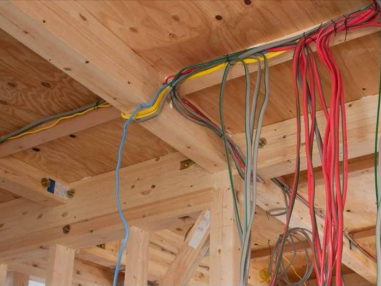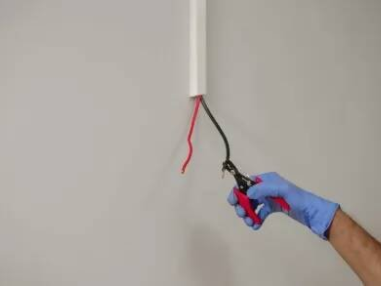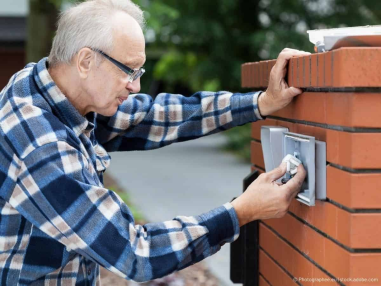
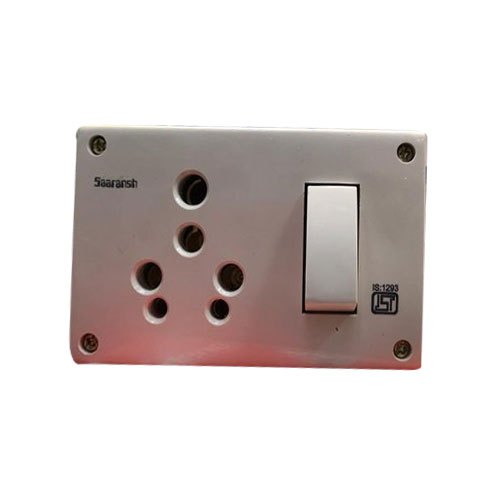
While the term "15+ Amp Switch Box" might be used commercially, it's not a standard term you'd typically encounter at a hardware store or used by electricians.
There are two main interpretations of what this could refer to:
A switch rated for 15 amps or more: Most household light switches are rated for 15 amps, which is sufficient for controlling standard lighting circuits. However, some heavier-duty switches, used for appliances or high-powered fixtures, might be rated for 20 amps or higher.
A box containing a switch and rated for 15 amps or more: This could describe a junction box that houses a switch and allows for connections to multiple wires. The 15 amp rating would again refer to the capacity of the wiring and switch within the box.
Here's a breakdown of some common electrical switch box types you might be interested in:
Light switch box: A standard box containing a switch for controlling lighting circuits (usually rated 15 amps).
Single gang switch box: A box that can accommodate one switch.
Double gang switch box: A box that can accommodate two switches.
Weatherproof switch box: A box designed for outdoor use with a weatherproof seal to protect the switch from moisture.
GFCI switch box: A box containing a Ground Fault Circuit Interrupter (GFCI) switch for added safety in areas with moisture, like bathrooms or kitchens.
Finding the Right Switch Box:
Identify your needs: Consider the number of switches you need (single or double gang), the location (indoor or outdoor), and any safety features required (GFCI).
Match the amperage rating: Ensure the switch box and switch have the appropriate amperage rating for the circuit you'll be using (typically 15 amps for household lighting).
Consult a qualified electrician: If you're unsure about the type of switch box you need or are uncomfortable with electrical work, consult a licensed electrician for advice and safe installation.
Important Safety Reminders:
Always turn off the power: Before working on any electrical wiring, turn off the power to the circuit at the breaker box and use a voltage tester to confirm the power is off.
Leave complex work to professionals: If electrical work involves rewiring, modifications to your electrical system, or you're unsure about any steps, it's best to call a licensed electrician to ensure safety and code compliance.
